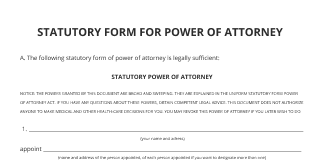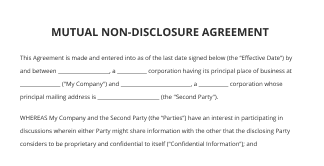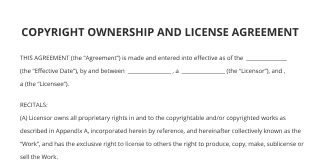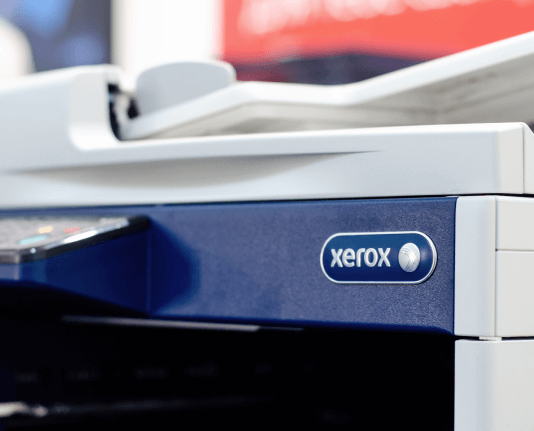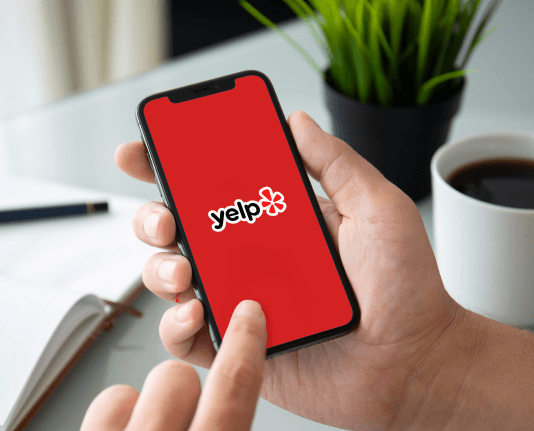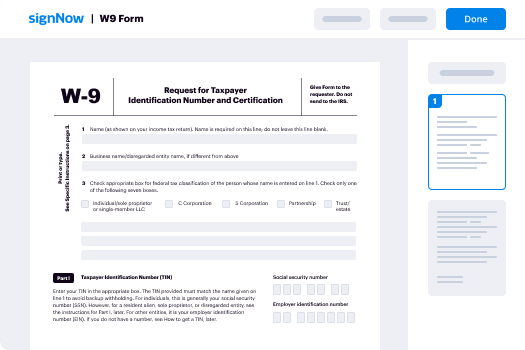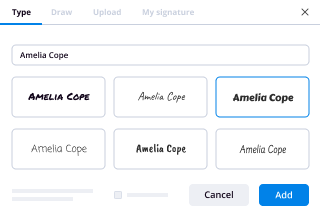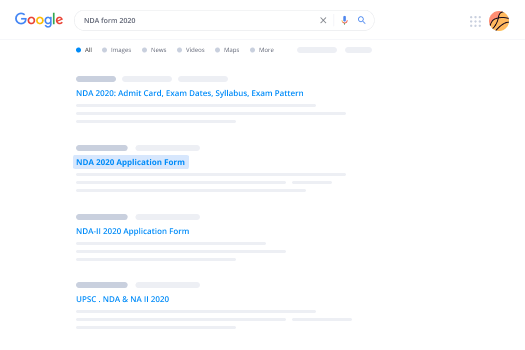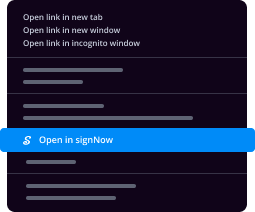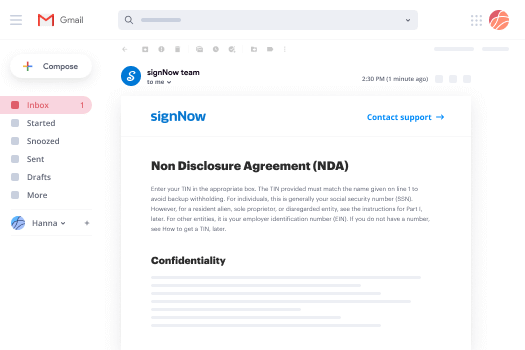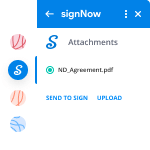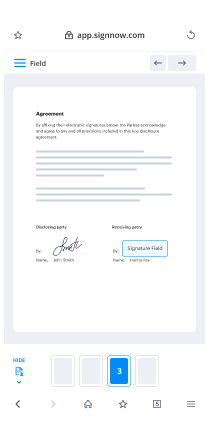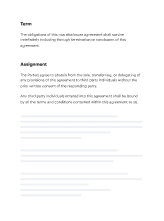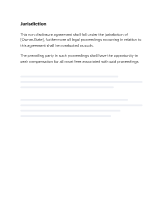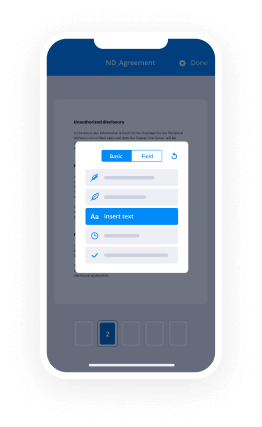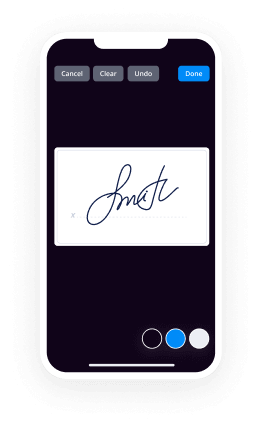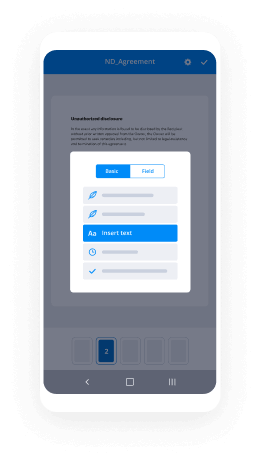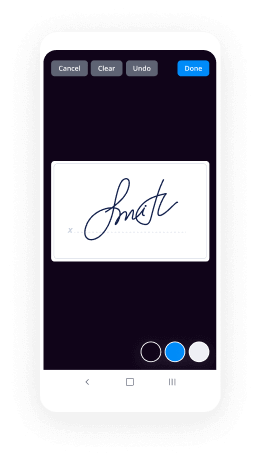Digi-sign Business Requirements Document Template (BRD) Made Easy
Do more on the web with a globally-trusted eSignature platform
Remarkable signing experience
Robust reporting and analytics
Mobile eSigning in person and remotely
Industry polices and compliance
Agile requirements document template, faster than ever before
Handy eSignature extensions
See airSlate SignNow eSignatures in action
airSlate SignNow solutions for better efficiency
Our user reviews speak for themselves






Why choose airSlate SignNow
-
Free 7-day trial. Choose the plan you need and try it risk-free.
-
Honest pricing for full-featured plans. airSlate SignNow offers subscription plans with no overages or hidden fees at renewal.
-
Enterprise-grade security. airSlate SignNow helps you comply with global security standards.

Your step-by-step guide — brd template for agile
Using airSlate SignNow’s electronic signature any organization can accelerate signature workflows and eSign in real-time, delivering a better experience to clients and workers. Use digi-sign Business Requirements Document Template (BRD) in a couple of easy steps. Our mobile apps make operating on the move possible, even while off the internet! Sign documents from any place in the world and close up tasks quicker.
How to fill out and sign a business requirements document template agile
- Log on to your airSlate SignNow profile.
- Find your document in your folders or import a new one.
- Access the record adjust using the Tools menu.
- Drag & drop fillable boxes, type text and sign it.
- Include numerous signers using their emails configure the signing order.
- Specify which users will get an signed doc.
- Use Advanced Options to restrict access to the record and set an expiration date.
- Click Save and Close when finished.
Furthermore, there are more extended functions open for digi-sign Business Requirements Document Template (BRD). List users to your collaborative work enviroment, browse teams, and keep track of collaboration. Numerous customers all over the US and Europe recognize that a solution that brings people together in one unified work area, is exactly what businesses need to keep workflows working effortlessly. The airSlate SignNow REST API enables you to embed eSignatures into your application, website, CRM or cloud. Check out airSlate SignNow and enjoy faster, smoother and overall more efficient eSignature workflows!
How it works
airSlate SignNow features that users love
See exceptional results agile brd template
Get legally-binding signatures now!
FAQs business requirements document sample
-
How do you document business requirements?
airSlate SignNow is the perfect solution for businesses looking to streamline their document workflows and increase productivity. With airSlate SignNow, users can easily create and send documents for eSignature, saving time and eliminating the need for manual paperwork. This not only impresses customers with quick turnaround times, but also saves businesses money by reducing printing and mailing costs. By maximizing ROI with airSlate SignNow, small/medium businesses, managers, and employees can confidently manage their documents and focus on what matters most - growing their business. -
What is included in a business requirements document?
The business requirements document is a vital tool for outlining the objectives, scope, and functionality of a project or system. It typically includes details such as the project's purpose, stakeholders, user requirements, system requirements, and any constraints or dependencies. A well-written business requirements document ensures that all parties involved have a clear understanding of what needs to be achieved and serves as a roadmap for the development process. airSlate SignNow provides small and medium-sized businesses with an electronic signature solution that empowers them to streamline document workflows. With airSlate SignNow, users can easily send and eSign their documents, eliminating the need for time-consuming manual processes. By leveraging airSlate SignNow's high-volume eSignature features, businesses can increase productivity, impress customers with fast and secure document transactions, and ultimately save money while maximizing their return on investment. Whether you're a business owner looking to streamline your operations, a manager responsible for document management, or an employee accountable for handling important paperwork, airSlate SignNow is here to revolutionize the way you handle documents. Our user-friendly platform is designed to simplify document workflows, ensuring efficiency and accuracy at every step. With airSlate SignNow, you can confidently navigate the world of digital signatures and take advantage of the countless benefits it offers. Experience the power of airSlate SignNow and unlock your business's potential today. -
What does a BRD consist of?
A Business Requirements Document (BRD) consists of several key components that are essential for effective project management and successful implementation of a solution or system. These components include a clear statement of the business problem or opportunity that the project aims to address, a detailed description of the desired solution or system requirements, a thorough analysis of stakeholders and their roles, as well as a comprehensive list of deliverables, deadlines, and milestones. By including all these elements in a BRD, businesses can ensure that all project stakeholders have a clear understanding of the project scope, objectives, and expectations, which leads to better collaboration and successful project outcomes. -
What is included in a BRD?
The airSlate SignNow BRD, or Business Requirements Document, includes all the necessary information to successfully implement and customize airSlate SignNow's high-volume eSignature features for your small/medium business. With airSlate SignNow, users can increase productivity by streamlining their document workflows, allowing for quick and efficient document signing and processing. By impressing customers with a seamless and professional eSignature solution, businesses can save time and money while maximizing their ROI. With airSlate SignNow's expertise in customizable eSignature workflows, SMBs and Mid-Market companies can confidently digitize their document processes and take their businesses to the next level. -
How do you define requirements?
Requirements are the essential criteria or specifications that define what is needed or expected for a particular project, product, or service. In the context of document management, requirements refer to the specific features and functionality that businesses need in an electronic signature solution. With airSlate SignNow's high-volume eSignature features, users can streamline their document workflows, saving time and increasing productivity. The customizable workflows allow businesses to tailor the eSignature process to their specific needs, impressing customers with a seamless and professional experience. Additionally, airSlate SignNow helps businesses save money by eliminating the need for paper, ink, and physical storage, while maximizing their return on investment through improved efficiency and compliance. With airSlate SignNow, SMBs and mid-market companies can confidently manage their documents and transactions with ease. -
What is a business requirement document sample?
A business requirement document sample is a guide that outlines the specific needs and objectives of a company when it comes to its internal processes and systems. It includes details such as project goals, functionality requirements, and user specifications, serving as a blueprint for the development of a solution or service. A well-crafted business requirement document sample is essential for ensuring clear communication and alignment between stakeholders and project teams, ultimately leading to successful implementation and desired outcomes. -
What are document requirements in agile?
airSlate SignNow is the ultimate electronic signature solution for SMBs and Mid-Market companies, offering a range of document requirements that are crucial in agile workflows. With airSlate SignNow, users can streamline their document processes, increasing productivity and saving valuable time. By impressing customers with fast and secure eSignatures, businesses can enhance their professional image and build trust. Additionally, airSlate SignNow helps businesses save money by eliminating the need for printing, scanning, and faxing documents, maximizing ROI and creating a more sustainable workflow. -
What is business required document?
A business required document is a necessary document that a company needs to have in order to operate effectively and legally. It can include things like contracts, agreements, invoices, licenses, permits, and tax forms. These documents are essential for record-keeping, compliance, and building trust with customers and stakeholders. airSlate SignNow is a powerful electronic signature solution that empowers businesses to streamline their document workflows and move at the speed of business. With airSlate SignNow, users can easily send, sign, and manage documents online, eliminating the need for printing, scanning, and mailing. This saves time, increases productivity, and reduces costs, leading to a significant return on investment. By using airSlate SignNow's high-volume eSignature features, small and medium-sized businesses can automate their document processes, cut down on paperwork, and improve efficiency. This not only impresses customers with the speed and convenience of digital signatures but also helps businesses save money on printing and shipping costs. Overall, airSlate SignNow provides a reliable and customizable eSignature solution that allows businesses to focus on what they do best while ensuring their documents are legally binding and secure. -
What is a FSD?
A FSD, or Functional Specification Document, is a detailed document that outlines the functionality and behavior of a software system or application. It typically includes information such as the purpose of the system, user requirements, system requirements, and detailed descriptions of each function or feature. FSDs are commonly used in the software development process to ensure that all stakeholders have a clear understanding of the system's requirements and expectations. airSlate SignNow is an electronic signature solution that empowers companies to streamline their document workflows with ease. With airSlate SignNow, users can increase productivity by eliminating the need for printing, scanning, and mailing documents. They can impress customers by providing a seamless and efficient signing experience, saving both time and effort. By going paperless and embracing airSlate SignNow, businesses can save money on printing and shipping costs while maximizing their return on investment. airSlate SignNow offers a highly customizable and intuitive platform that enables SMBs and Mid-Market businesses to create and manage their own eSignature workflows. With a straightforward and user-friendly interface, airSlate SignNow makes it easy for managers and employees to stay accountable for their documents. With airSlate SignNow, businesses can trust in the expertise and reliability of a leading eSignature solution to streamline their processes, increase efficiency, and drive success. -
What is the difference between a BRD and FRD?
The main difference between a Business Requirements Document (BRD) and a Functional Requirements Document (FRD) lies in their focus and purpose. A BRD outlines the high-level business requirements and objectives of a project, while an FRD delves into the detailed functional requirements that define how the system or product will meet those business requirements. In other words, the BRD sets the overall vision and goals, while the FRD specifies the specific features and functionalities needed to achieve those goals. airSlate SignNow, an innovative electronic signature solution, empowers small and medium businesses to streamline their document workflows and accelerate their operations. With airSlate SignNow, users can easily create, send, and electronically sign important documents, all in a secure and efficient manner. By leveraging airSlate SignNow's high-volume eSignature features, SMBs can increase productivity, impress customers with prompt and seamless transactions, and ultimately save precious time and money. airSlate SignNow's customizable eSignature workflows provide SMBs with the flexibility to tailor their document processes to their unique business needs. Managers and employees accountable for documents can confidently automate repetitive tasks, such as document creation and distribution, freeing up valuable time to focus on more strategic initiatives. With airSlate SignNow's user-friendly interface and comprehensive features, SMBs can maximize their return on investment, confident in the knowledge that airSlate SignNow is there to support their business growth every step of the way. -
Who writes FRD?
airSlate SignNow is the ultimate solution for businesses of all sizes, including small and medium-sized businesses. With its high-volume eSignature features, users can streamline their document workflows, saving valuable time and increasing productivity. By utilizing airSlate SignNow, businesses can impress their customers with smooth and efficient document signing processes. Moreover, airSlate SignNow helps businesses save money while maximizing their return on investment, making it a smart choice for managers and employees accountable for handling important documents. With airSlate SignNow, businesses can confidently move fast and achieve success. -
What is a functional design specification?
A functional design specification is a detailed document that outlines the requirements and functionality of a product or system. It serves as a roadmap for the development team, ensuring that all stakeholders are on the same page regarding the expected outcome. This document typically includes information about the user interface, data structures, algorithms, and business rules. airSlate SignNow is an electronic signature solution designed to help companies streamline their document workflows and speed up the signing process. With airSlate SignNow, users can create, send, and eSign their documents with ease, all while maintaining a high level of security and compliance. By utilizing airSlate SignNow's high-volume eSignature features, businesses can increase productivity, impress customers with fast turnaround times, and ultimately save money by eliminating the need for printing, shipping, and storing paper documents. With airSlate SignNow, businesses can confidently maximize their ROI and experience the benefits of a modern and efficient document management system. -
What is included in a requirements document?
A requirements document includes all the necessary information and specifications for a project or product. It outlines the goals, objectives, features, and functionalities that need to be met. It also includes any constraints, limitations, or dependencies that should be taken into consideration during the development process. Additionally, a requirements document may include user stories, use cases, wireframes, and mockups to provide a clear understanding of how the final product should look and function. -
What is a business requirement document?
A business requirement document is a comprehensive document that outlines the specific needs and expectations of a business in relation to a project or system. It serves as a guide for project teams to ensure that all aspects of the business requirements are understood and addressed. With airSlate SignNow's high-volume eSignature features, users can streamline their document workflows, increasing productivity and saving time. Additionally, airSlate SignNow allows businesses to impress their customers with a seamless and efficient document signing experience, while also saving money and maximizing ROI. With airSlate SignNow, SMBs and mid-market businesses can confidently meet their document needs with customizable eSignature workflows.
What active users are saying — brd template for agile
Related searches to agile business requirements document template
Digi sign business requirements document template brd
hello there Joe a business analyst interview coming up shortly if so this is one of the videos for you in this video we want to cover RT M which is the requirement traceability matrix several of you guys have commented and asked questions on what are TMS and also you wanted a video with an example of an RT m and in this video we are going to do exactly that we're going to quickly summarize what an RT M is and also we are going to have two examples are TM for waterfall model and artyom for an agile model so we got to cover all of this in the in the in the video so stay tuned and also I'll be providing a link at the bottom where you can download the RTM template and you can use it for your project work before we go further I would request you to go ahead and subscribe to our YouTube channel we post videos on business analysis tools techniques and interview preparation ok I think we covered all the groundwork let's quickly get started ok let's get started what is an RT M so RT M is basically a requirement traceability matrix it's basically a mat a matrix used to trace requirements the main purpose of this RT M is to ensure that all the business requirements are developed tested and delivered so that's the main usage of this particular tool artyom and it is one of the most useful tool in your BA toolkit so please use this in all your projects and this will really help to ensure that all the business requirements are covered and it also helps to provide backward and forward traceability so as you seen you can map a business requirement to what test case and also vice versa which and it will also help in faster impact analysis so if if you if there is a defect and you want to know what is the business impact we can use this matrix to quickly come up with our impact assessment so there's a lot of you which for this particular tool which is a RTM so I would highly recommend you to start using it and this will be one of the most commonly asked interview questions in the business analyst interview so let's quickly look at this particular diagram just to quickly summarize how the RTM works so we have first have the business requirement so this is the high level business requirement it gets mapped to the stakeholder requirements so we have a business requirement we have stakeholder different stakeholders part of the business unit they will have different requirements so all of those will be attacked and they will be linked back to the business requirement then the stakeholder requirements will be translated to the functional requirements so this is basically the system related requirements what you want the system to do in order to meet the stakeholder and the business requirements so these are the functional requirements so and also the non-functional requirements such as scalability performance all of the things all of these also will be tagged to the corresponding stakeholder requirement and then once we have the functional requirements then it links to the design component so this is basically the design so what are the things you would require in order to meet the functional requirement and then the design gets translated to the core which is the the programs in whichever language the application is written and then that gets linked into the test cases so that you know all the requirements are tested and ensure everything is working fine and then ready for delivery so in a nutshell this is RT M so what we are going to do in the subsequent slides are going to look at an example both in the waterfall and agile model so stay tuned okay moving on as we always do let's take a case study it's our favorite one XYZ cinemas trying to build a digital channel for allowing the customers to book their movie tickets and also make payments online for the ITM we want to look at the requirements related to make payments online to build the RTM for both waterfall and agile model let's start to look at the RTM for the waterfall model first then we'll follow it up with our team for agile model and you can you would be able to see the difference it's more or less the same but the components are little slightly different so for the waterfall model as you're aware their documents are captured in the the business requirements are captured in BRD so that would be the first column the business requirements and usually its name BR 1 BR 2 BR 3 but the document would be the business requirement document which is a PR D so in our example for business requirement 1 the sales department needs a digital channel for allowing customers to make payments so they're just talking about our online digital channel for the customers to make the payments for the movie tickets they're booked so let's look at the equivalent functional requirements so the business requirements talks about what and the functional requirements as you're aware we'll talk about the how so for example we are just considering two functional requirements so first functional requirement which is fr1 the system shall allow the customers to pay for their movie tickets online using debit cards so the first functional requirements talks about the how part and here it's stating the customers should be able to use the debit cards to make online payment so all these functional requirements will be documented in the frt similarly that the functional requirement is the it should allow for the customers to P for the movie tickets online using credit cards so these are the two functional requirements as you see they are all mapped to the same business requirement which is BR one so let's dive deeper for the first functional requirement and build out the rest of the RTM so if our one functional requirement one would be we would need a design component to build out the functional requirement so what are the components of design we need the first one is we would need a screen to capture the debit card details and also to validate whether the card details enter are correct and then the design component number two we can name it as TD - we need a module for connecting to the payment gateway right so we just pass on all the debit card information to the payment gateway and then the validation everything will happen in the Gateway and then we need component number three so which will basically display the result of the transaction whether everything was fine if it failed you - incorrect Oh TP your password or whatever it is so we need one more module to display that on the screen so these are the three design components again it's a simplistic design I know there will be much more components involved but just to keep the examples simple so these are the three design components and in waterfall model all these things would be in the technical spec document or like TSS or high level or low level design document but these would be the design for it and moving further than that then the developers will be using the design to create though the program so for example let's say the design component td1 will be delivered using program one then the next TD 2 is programmed - and then the models for displaying tier III will be programmed 3 so this is how these are the three programs which the developers would use - we'll be using 2 deliver this capability then moving further the testing part of it so the test scenario would be written by the testers so again it will be based on the functional requirements so the scenario would be check for online payment using and debit cards so the requirement is the customer should be able to use they because to make online payments scenario is checking whether that is successfully possible and then the test scenario will be further mapped to the desk cases or the test scripts where it'll it will talk about step 1 a customer will be entering the details for validation this case would be like checking whether it's fine and then connecting to the Gateway then third is like entering that details and fourth is like displaying the success failure of the particular transaction so all these things will become your desk clips so if you look at the first row we have n2 in traceability for a requirement so business requirement is mapped to a functional requirement and then that is mapped to the design and the code and also the scenarios and the test cases so this gives it this ensures as we stated in the first slide that all the requirements would be mapped and developed and delivered and also for impact analysis let's say you there is a problem in the gateway connecting to the Gateway you as a business analyst can tell where the problem is or which program the problem is yeah it'll be program number 2 so once you have build it out it'll be a very useful tool for a faster quicker impact analysis then again let's say there is a problem in one of the test cases and again you can tell what is a business impact by just tracing it back to the functional requirement and able to quickly present the business impact and getting the defect prioritized accordingly so similarly the second row functional requirement to again the same concept we build out all the design and then the code but the one thing I want to highlight is the only differences this time there would be a cow for design component number four is capturing the credit card details and validation so it'll be slightly different from the debit card so that's why you know the code might be slightly different so I just called it program for but I think the remaining thing connecting to the payment gateway displaying failure or success we can reuse the same programs from earlier again simplistic design when we go into actual there might be much more details required but if you see we can we can again tell what are the common code which can be used or the common components all of those things can be just convey just looking at the traceability matrix and then again it goes to the test scenario 2 which is checking of the credit card details and then it maps to the test case where it then again we'll check all the things which we discussed a validation connecting and failure or success of the credit card transaction so this is in a nutshell our team for a waterfall model we're going to look at our team for an agile model in the next slide okay next next move oil we'll look at the our team for the agile model so the concept is more or less similar but we are going to use the components from agile so let's get started the first one is a business requirement so here the business requirements would be captured as part of the epics a high level so we're going to look at their picking of you know the usual format as a sales department we need a digital channel for allowing customers to make payments so that they don't have to stand in queue to make the payments at the ticket counter so this will be the epic the high level business requirement and then we'll we're going to break down into the functional requirements which will be more or less they use user story so the first user story is as a customer I want to pay for my tickets online using debit card so that again I don't have to stand in the queue so again similar thing as we looked at in the previous slide the first user story would be for customers using debit card to make online payments the second user story would be customers using credit cards to make the online payments but we do in agile you know there's no BRD or frd it would be managed using epic and the user stories so you'll have a epic number usually JIRA is used so once you create an epic and you story there will be a number which will be allocated so that number would be going in into this particular matrix and then moving further for design so again in in agile this is not much documentation there won't be any TSS or high-level available documents so usually how it happens again it varies from project to project but most of the cases fall to deliver I use a story what are the components of the task involved so they are called tasks in agile and usually these tasks will be created so again translating what are the what are the things needed for the functional requirement the screen the model for connecting payment gateway and for displaying success failure these tasks will be created again in maybe in JIRA or any other tool used and those tasks will be linked to the user stories so you will have a task number for it and you can just add those task number in this particular matrix and then from there it's pretty similar to what we saw in the waterfall model there will be the program which will be associated with it and then there will be the test scenario on the test cases to test this particular functional requirements for creating test scenario usually in the user stories will be acceptance criteria so this is again a simplistic one but I just want to point out that whatever the acceptance criteria we have will be usually converted to the test scenario in the agile methodology similarly for user story 2 for the credit card payment same concept we'll be you class created programs and test scenarios and then the the equivalent disc is this so this is how we do it in agile and again by just looking at it you can have the end-to-end traceability backward and forward and again it will help in ensuring all the business requirement the epics user stories or tell you developed and tested and also for a quicker impact assessment that's about it for this video I hope you really enjoyed this and you able to understand what is an RT M with the example and which will help you in clearing the business analyst interview if you do if you did really enjoy our video I would request you to please go out and subscribe to our YouTube channel right now we post videos on business analysis tools techniques an interview preparation on a regular basis so please make sure you subscribe to our Channel and click on the bell icon and also our created Excel artyom template for both waterfall and agile as we discuss link to included it in a link in the description box so please make sure you go out and check it out and use it for your project work and also use it for preparing for your interview so that's about it for this video until next time thank you so much for watching till the end bye bye
Show more




